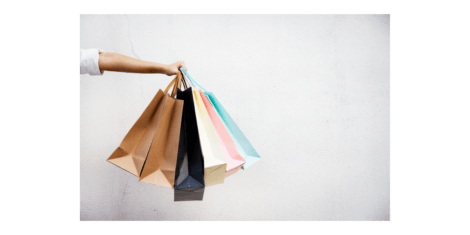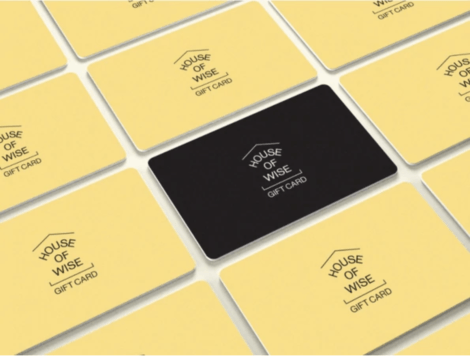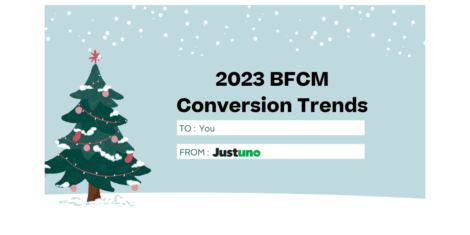Retail psychology is a foundational element in understanding the customer journey and the multitude of components that go into each stage. For those who want a refresher, the customer journey (also known as a marketing or sales funnel) generally follows these four stages:
- Awareness
- Consideration
- Purchase
- Loyalty

We’ll cover how to use these stages to your advantage when marketing to customers, the psychology behind holiday shopping, and how understanding behavior is the key to unlocking not only more holiday sales but also cultivating a relationship beyond the season.
The Customer Journey
The customer journey is the sum of all the touchpoints shoppers have with your site and others online. In each stage of the buyer journey, a potential customer will take a variety of actions as they’re influenced by their environment, motivations, and needs. These influences can take different forms depending on the stage they’re in, and of course, will depend on the scope of the purchase decision.
There is data and intelligence to be gleaned from every interaction when building buyer personas, and Justuno uses this myriad of data in our intelligent visitor profiles. These profiles and personas are important tools for segmenting audiences and determining who sees which marketing message in the next steps.
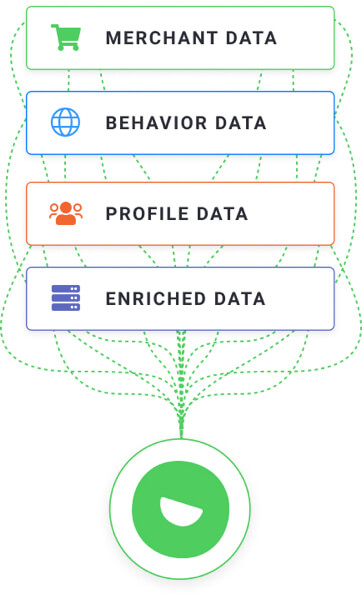
Awareness Stage
Awareness tends to be filled with more environmental cues, where the consumer first becomes aware of a particular need they have. This leads to an initial, superficial search for companies or products to fill it. They want to see what’s out there and learn, while not looking to be sold to. This stage is influenced primarily by your brand efforts such as paid promotion, social media, word-of-mouth, etc.
Consideration Stage
Consideration involves more thoughtfulness, where the consumer wants to learn more about a specific brand or product. They’ve started to narrow their focus, want more detail, and intent to buy is beginning to develop further.
Humans are social creatures as we tend to rely on each other for validation or encouragement–this rings true online as well. At this stage, we often look to social proof to see if this is an acceptable purchase and confirm what others think of as a quality brand.
Purchase s=Stage
Purchase or conversion means they’ve reached the finish line in their decision process This is where the stakes will be the highest for cart abandonment and for competitors to swoop in for the steal. Some customers may look for any final incentive to convert.
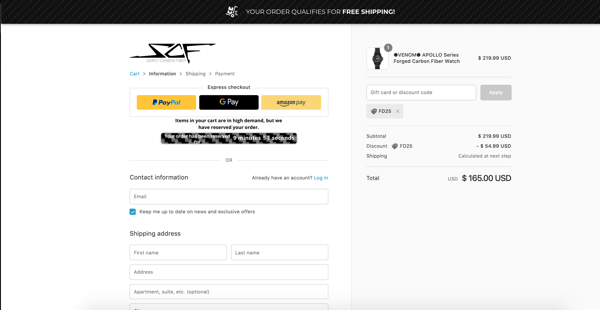
Loyalty Stage
If you were lucky enough to get the initial sale, the loyalty stage is where you get to work at strengthening this new connection you’ve made. Holiday shoppers are different in that many of them aren’t necessarily part of your core target market. Regardless, you shouldn’t let them drift away after the sale.
Thoughtful nurture campaigns afterward can foster that relationship and uncover future value that you might not have considered. It’s no secret that longer relationships lead to higher customer lifetime value (CLV), an import KPI for marketers to focus on.
Each of these stages requires a ‘micro-conversion’ to move from one to the next. Leverage these points where the shopper leans in a little further to connect them a little more with your brand. Identifying how to trigger a step forward comes from truly understanding these needs and how to satisfy them.
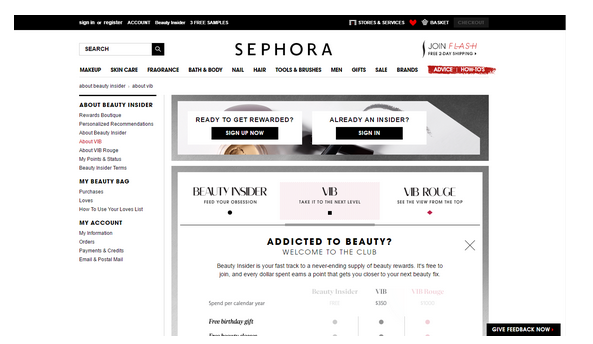
Contextual Targeting
Shoppers are influenced by environmental cues, both in the digital and physical worlds. Using contextual targeting based on these cues helps you separate higher-intent customers from those earlier in their journey who are just browsing.
While there are far too many cues within each of these stages to cover in a single blog post, we’ll focus on the consideration and conversion/purchase stage since these are where the stakes are highest. The two biggest hurdles for these stages are product research and cart abandonment.
Targeting The Consideration Stage
Contextual targeting for those early in the consideration stage, still doing product research can be done via social proof. Social proof can come in a variety of forms, including product reviews, social shares, or star ratings. These elements are incredibly important for e-commerce since it fosters trust and confirms an expectation of quality for the consumer.
92% of online shoppers use online reviews when shopping, and 40% of them make a choice based on 1-3 reviews. Product reviews often hold nearly as much weight with shoppers as a friend’s recommendation.
This knowledge means you can target those in the early consideration stage with this type of content. Draw attention to the review section of your product pages, with on-site apps like Fomo that show real-time customer behaviors like purchases or reviews, driving an increased sense of social proof.
Targeting The Purchase Stage
For those in the conversion/purchase stage, cart abandonment is the biggest concern. Factors driving abandonment tend to be shipping costs, lengthy checkouts, and for the holidays, delivery deadlines. Targeting these concerns with on-site messaging can help rescue those sales.
Using pop-ups to display shipping deadlines for the holidays drives urgency for converting during that session. If you don’t offer free shipping on all orders, consider boosting your AOV by offering it on orders over a certain amount. Use a banner to display how much more a shopper needs to spend before earning free shipping with a threshold promotion.
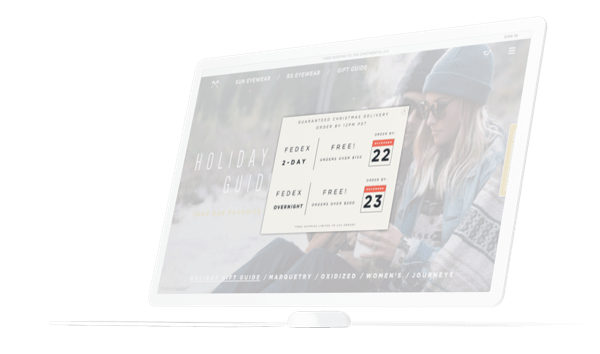
In addition to these targeted messages, don’t forget to optimize your checkout process to include as few steps as possible. Guest checkout options, auto-fill fields, and clear CTAs are all ways to easily boost conversions and lower cart abandonment rates.
Final Thoughts
Understanding your target audience’s behavior and psychology is the key to unlocking the ultimate online experience from start to finish. By considering certain characteristics of an audience and their current thought process, it’s possible to convert them at an even higher rate using messaging personalized to these qualities.
Customer expectations are high and only getting higher every year, as they demand more from their favorite brands. Only those that adapt, personalize, and deliver a continuously refined user experience will succeed in such a competitive marketplace. Make sure your brand is one of them!
